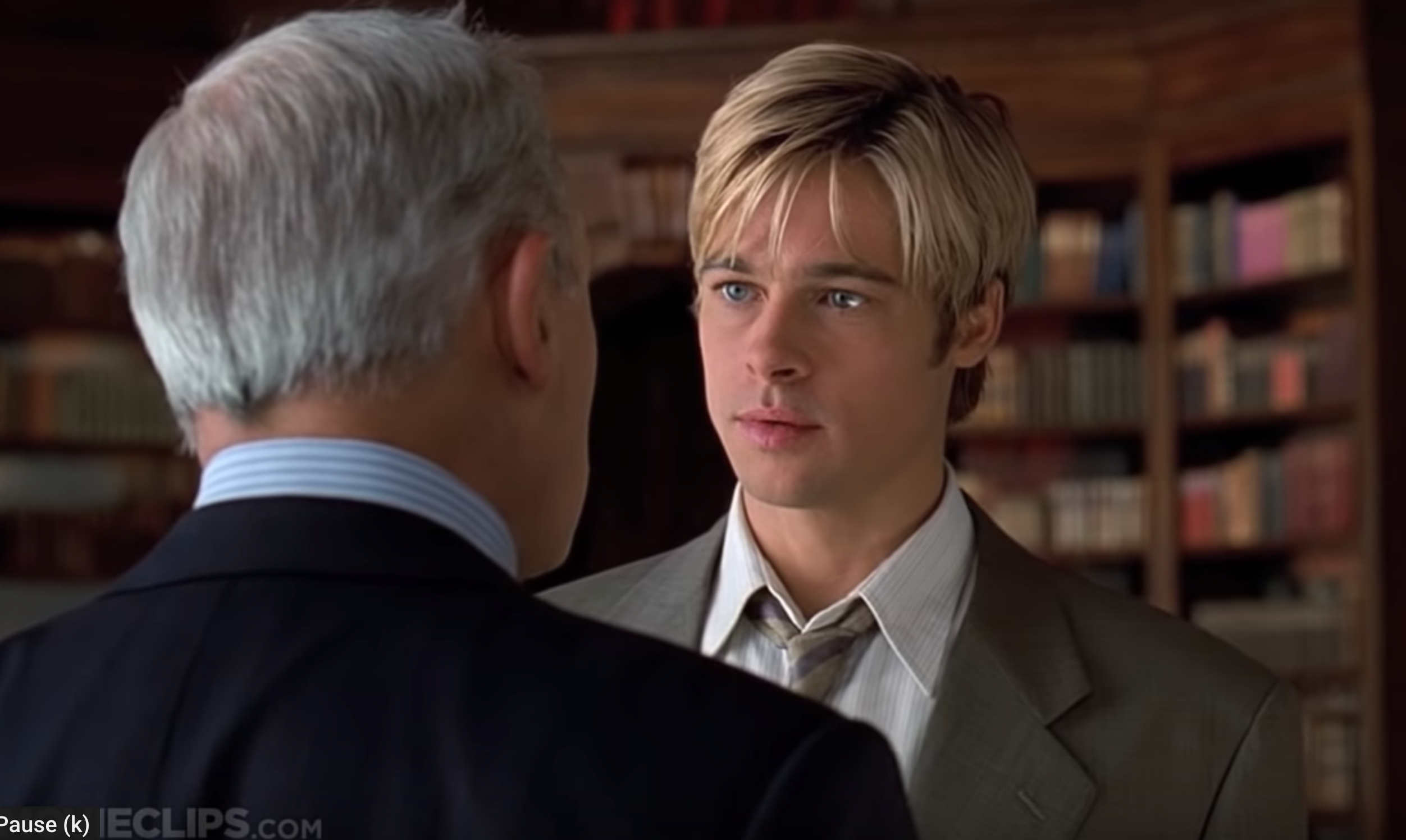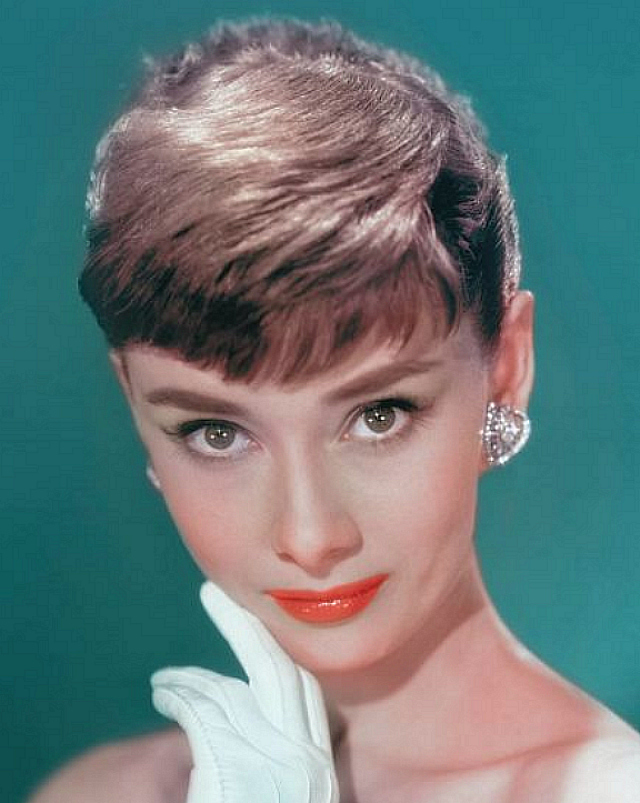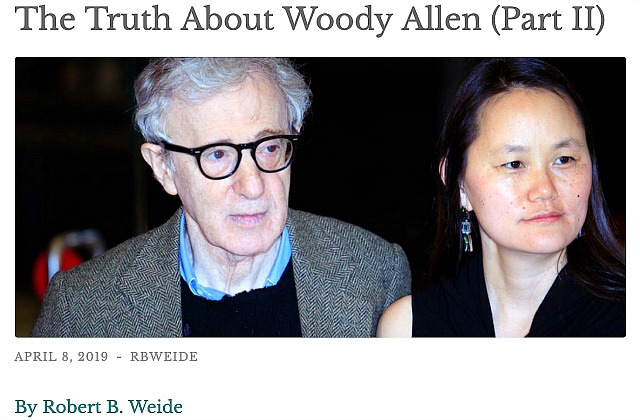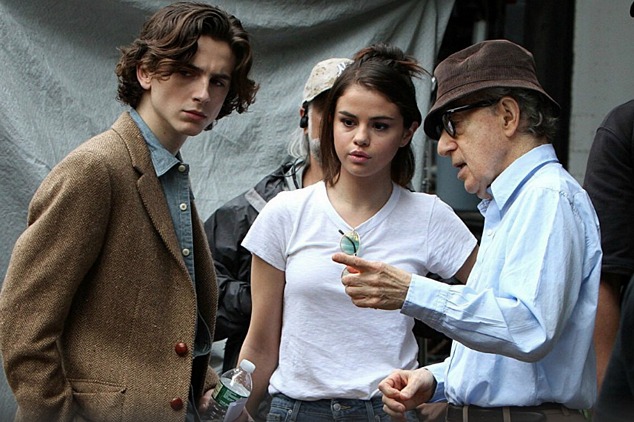Glenn Close is going to play some kind of Ma Bumblefuck in Ron Howard and Netflix’s Hillbilly Elegy…right?
Close is one of our greatest actresses and Lord knows she’s covered the waterfront with many disparate characters — long suffering literary wife, Jenny the nurse, Alex the psycho, Cruella de Ville, Albert Nobbs, etc. But she’s never played a rural, dispirited, mule-stubborn, Trump-supporting Okee from Muskogee with an Oxycontin habit. I’ll believe Close’s acting (I always have) but I’m going to have difficulty forgetting that Close, the refined, well-educated, WASPy actress from Connecticut, is pretending to be this kind of…uhm, person. It’ll be like Helen Hayes or Jeanne Eagels playing Daisy Mae from L’il Abner.
Amy Adams is also playing some kind of yokel type, or so I gather.
The screenplay, based on the respected book by J.D. Vance, is by Shape of Water co-screenwriter Vanessa Taylor. Howard is producing with Imagine’s Brian Grazer and Karen Lunder.










